Agastache is an interesting perennial, both aesthetically and for its culinary and medicinal uses. This hardy plant can be propagated by sowing, dividing the stump, or taking cuttings. Unlike sowing, cuttings allow you to obtain a plant that is identical to the original. So, if you want to take a cutting of Agastache to share with your family, friends, or neighbours, follow our step-by-step tutorial for successful propagation.
When to take Agastache cuttings?
The best time of year to take cuttings is August. The shoots you select should be semi-lignified stems from the current year. These are also known as semi-hardwood cuttings. Having grown in spring, they begin to lignify in summer, meaning they transition from softwood to hardwood. You can recognise them by their tender, flexible tips and their firmer, brown bases.
How to take Agastache cuttings?
1) Required materials
- a pair of pruning shears
- a bucket or pot
- a cloche, a plastic bottle with the bottom cut off, or a plastic bag
- seed and potting compost
- clay pebbles
- a pencil
- a rooting hormone (facultative)
- a spray bottle
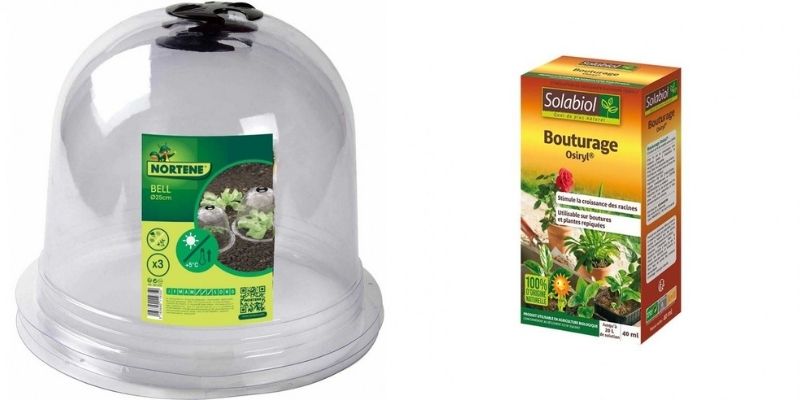
Cloche and cutting hormone
2) Prepare the pot
Place a layer of clay pebbles at the bottom of the pot or bucket. Then fill it with seed compost or a mixture of equal parts compost and sand. Finally, make a hole about 5 cm deep in the substrate using a pencil.
3) Take the semi-hardwood cutting
First, select a young stem from the current year that hasn’t flowered. Check that it has no wounds or diseases. The shoot should not have a flower bud; if it does, remove it. Then, using sharp and sterilised pruning shears, cut the tip of the stem at an angle below a node to obtain a section about 10-15 cm long. Finally, remove the lower leaves and keep only those at the top.
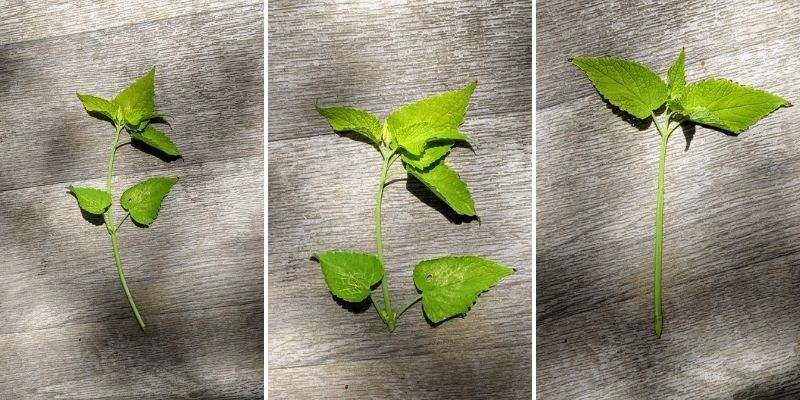
4) Propagate under cover
Propagation under cover involves placing a lid over the cutting inserted into its pot. This creates a humid environment that encourages root growth and prevents the plant from drying out.
- To help root development, you can optionally dip the base of the stem in rooting hormone powder.
- Insert a shoot into the hole previously made in the substrate.
- Firm the soil so the cutting is in contact with the compost and water gently.
- Cover with a cloche, a plastic bottle with the bottom cut off, or a plastic bag held upright with wooden sticks inserted into the compost. The plant should not touch the sides, as this could cause it to rot.
- Place the pot in a warm, bright spot, but out of direct sunlight.
- Keep the soil moist but not waterlogged, and ventilate every 2-3 days.
- Overwinter the young plant in a frost-free location until spring.
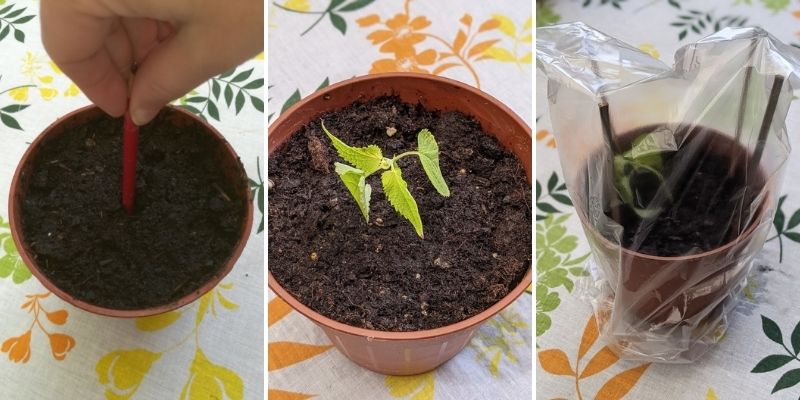
5) Transplant the cutting in spring
The Agastache can be transplanted into the ground the following year in May, after the last frost. Water the cutting when planting and regularly during the first year.
To go further
-
- Check out our guide on Agastache: planting, growing, and care
- Discover our tips for pairing your Agastache: 7 successful pairing ideas!






























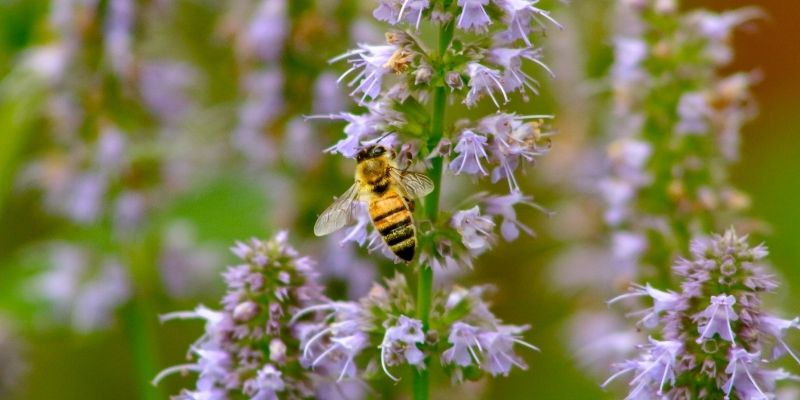

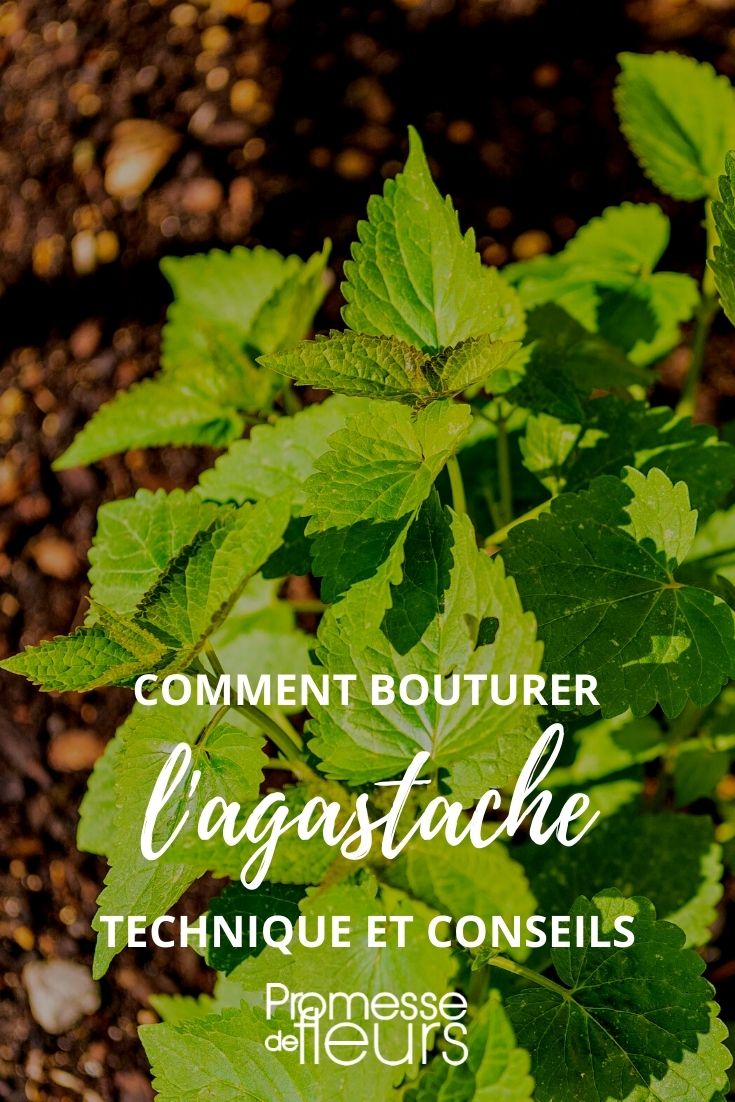
Comments